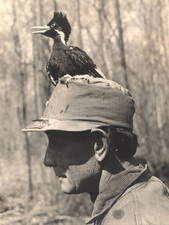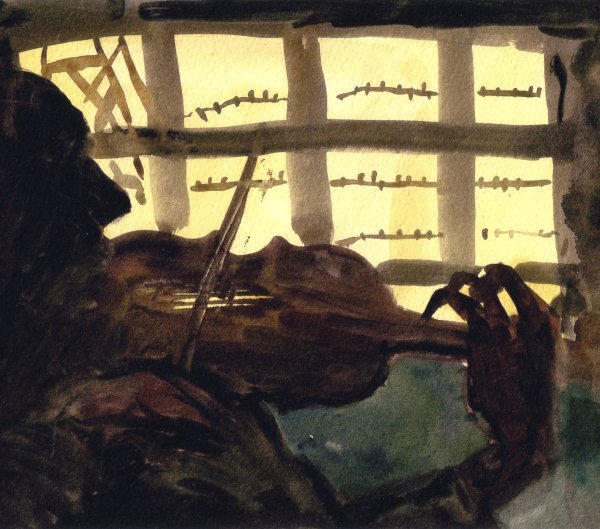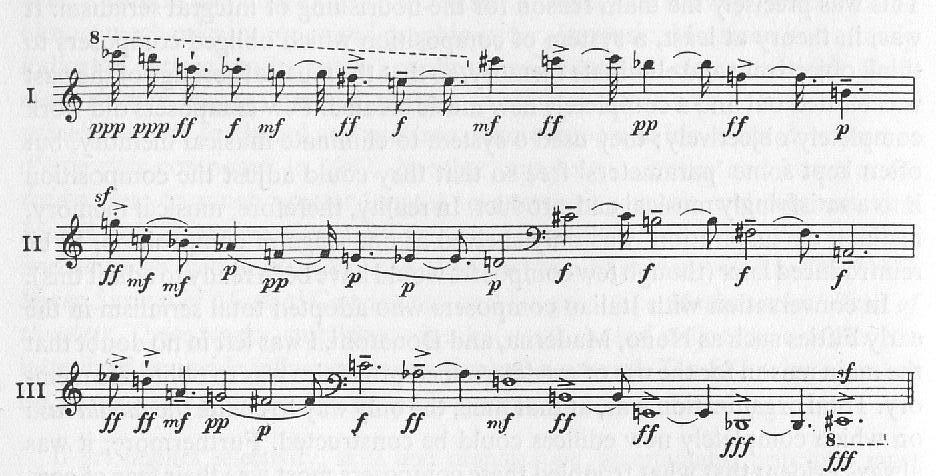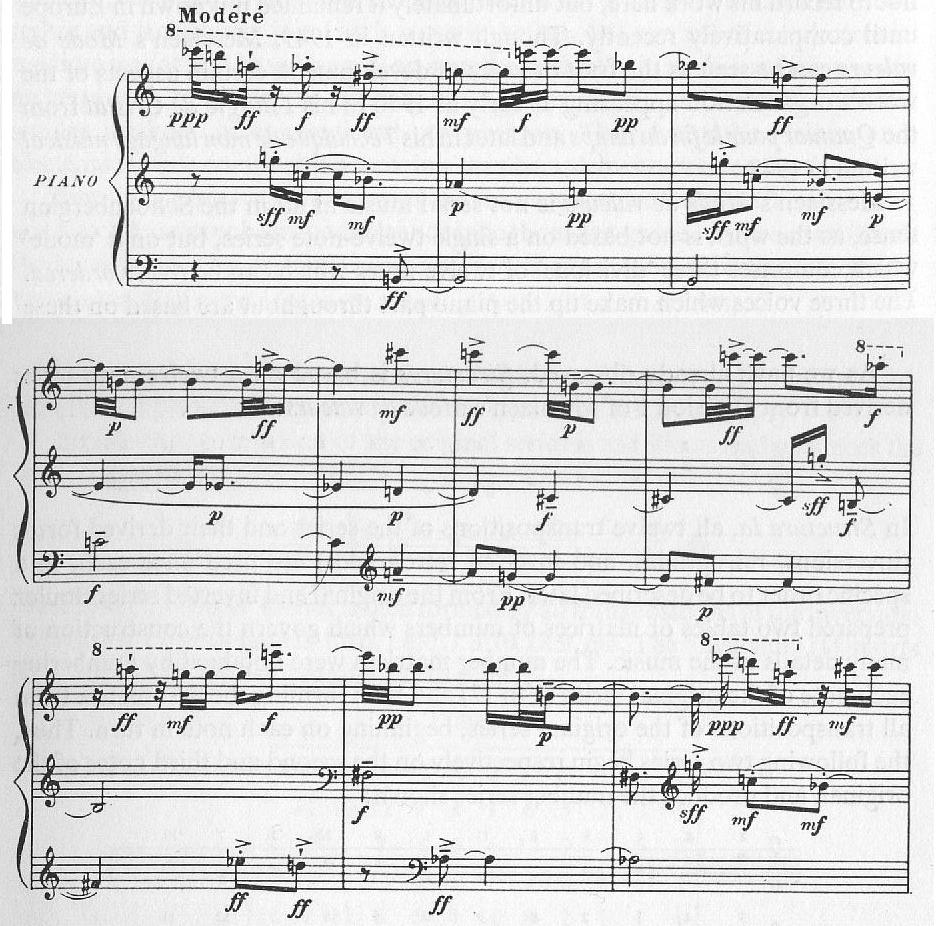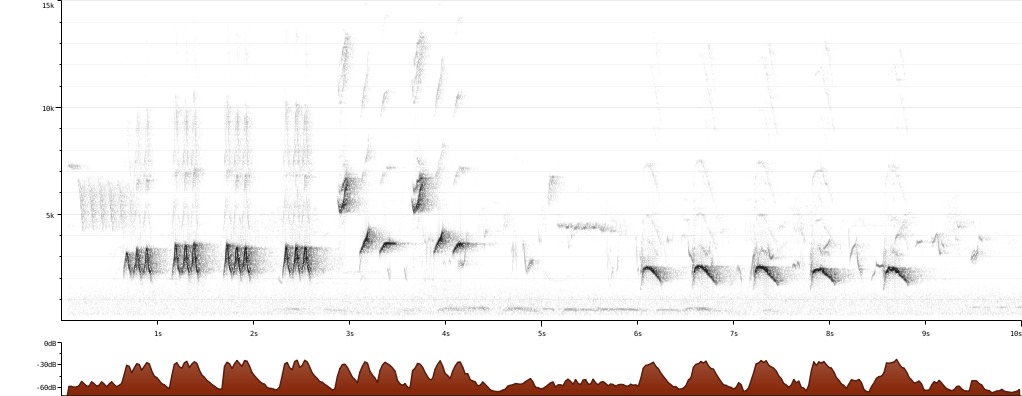Since I have just updated some posts on bird songs and Messiaen’s interpretation of them, I thought I’d post his Little Bird Sketches in the 1985 version for a piano (there is also a version for two pianos).
Messiaen had already found the convergence between his two passions, ornithology and music. Already in 1951 he had composed a virtuoso piece for flute and piano used as an admission test for flute at the Paris conservatory (remember that the Paris conservatory is at a higher level and is equivalent to our own specialization academy). The piece was called Le merle noir and is his first work entirely inspired by the song of a bird (some fragments were included in previous works).
In 1953 he composed Réveil des oiseaux (The awakening of the birds) for orchestra, composed almost exclusively of transcriptions of the songs of the birds that the author could hear between midnight and noon in the mountains of the Jura Massif.
From this time he got into the habit of incorporating these transcriptions in all his works, as well as writing collections entirely dedicated to this subject (Oiseaux exotiques (Exotic birds) for piano and chamber orchestra, 1955-1956, La Chouette hulotte for piano, 1956, the monumental Catalog d’oiseaux (Catalog of birds) for piano, 1956-1958, La Fauvette des Jardins for piano, 1970-1972, Un Vitrail et des oiseaux (A stained glass and birds) for piano and orchestra, 1986, up to these Petites esquisses d’oiseaux (Little sketches of birds) for one or two pianos, 1985-1987). As works they are not simply collections of transcriptions, but real symphonic poems. Paul Griffiths observed that Messiaen was a more conscientious ornithologist than any of the composers who had preceded him, and a more attentive musical observer of birdsong than all previous ornithologists.
Indeed, Messiaen’s transcription work is accurate and takes into account musical problems that often escape scientific ornithology. He himself explains:
The bird, being much smaller than we are, with a heart that beats faster and nervous reactions much faster, sings at extremely fast tempos which are absolutely impossible for our instruments; therefore I am obliged to transcribe it at a slower tempo. Moreover, this speed is associated with extreme acuity, being a bird able to sing in such high registers as to be inaccessible to our instruments; therefore I transcribe the song one, two or even three octaves below. And that’s not all: for the same reason I am obliged to suppress those too small intervals that our instruments could not play. So I replace these intervals of the order of one or two paragraphs with semitones, but respecting the scale of values between the different intervals, that is, if any paragraph corresponds to a semitone, then a true semitone will correspond to a whole tone or an interval of third; everything is enlarged, but the ratios remain unchanged, nevertheless what I give is correct.
Petites esquisses d’oiseaux (1985) – Håkan Austbø, piano
- Le Rouge-gorge (erithacus rubecula – pettirosso)
- Le Merle noir (turdus merula – merlo)
- Le Rouge-gorge
- La Grive musicienne (turdus ericetorum sinonimo di turdus philomelos – tordo bottaccio)
- Le Rouge-gorge
- L’Alouette des champs (alauda arvensis – allodola)

